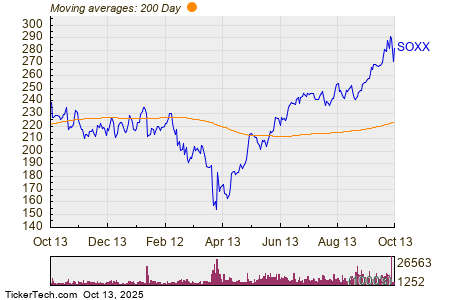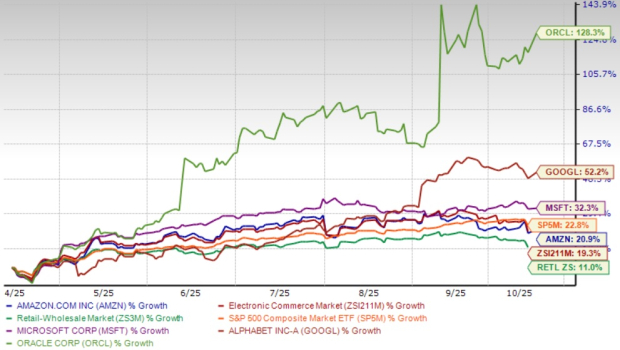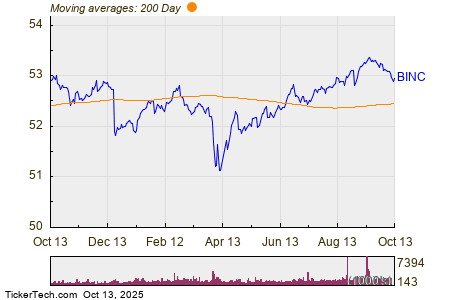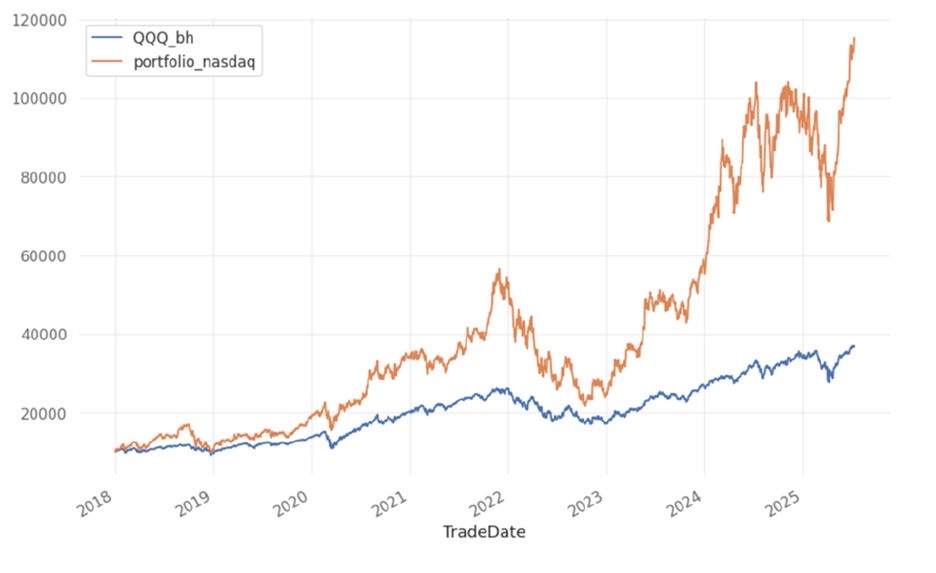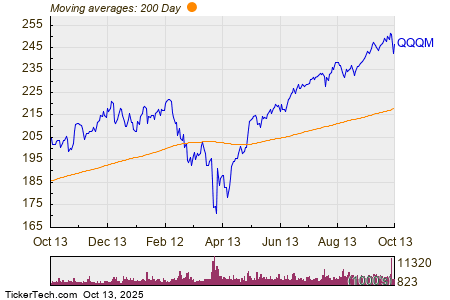
Howard Marks, a co-founder and co-chairman of Oaktree Capital, recently raised a pertinent issue in his memo “Easy Money”. He delved into the consequences of “easy money” and emphasized his detailed outlook on the interest rate scenario, making investors review their strategies.
Howard Marks brought to light the prevalent consensus on future interest rates, stating that additional rate increases might not be necessary as inflation approaches the Fed’s 2% target. However, he held a contrasting view, predicting that rates will average between 3.0% and 3.5% over the next 5-10 years despite the consensus projecting a more accommodative interest rate landscape.
Considering Marks’ insight and the structural dynamics influencing inflation, it prompts investors to question the viability of sticking to equity exposure to secure attractive yields and whether this might come with a significant opportunity cost.
Choosing the Right Investment
In light of this, let’s evaluate two popular dividend ETFs:
- The Schwab U.S. Dividend Equity ETF (NYSEARCA:SCHD)
- The JPMorgan Equity Premium Income ETF (NYSEARCA:JEPI)
Furthermore, we will ascertain which of these two ETFs holds greater prospects for delivering attractive results on a total return basis.
Strategy Synthesis
First, let’s unravel the core strategies of SCHD and JEPI and explore the key differences that should be factored in the context of the expected decrease in SOFR to around 3%.
SCHD’s Approach
SCHD offers pure-play exposure to U.S. equities with attractive dividend yields, aiming to protect and grow dividends at a “double-digit” rate. The underlying equity selection is based on fundamental metrics, including at least 10 straight years of dividends, a minimum $500 million market cap, and a combination of factors such as cash flow yield, return on equity, and dividend growth over 5 years.
JEPI’s Method
JEPI takes a more active approach by integrating an options overlay strategy atop the bottom-up fundamental focus, providing the management with considerable flexibility in selecting equities. Moreover, the equity allocations in JEPI lean towards S&P 500 names with lower volatility and beta relative to the index, focusing on defensive equities without seeking the next alpha-generator. JEPI’s option overlay program involves selling out-of-the-money S&P 500 Index call options, resulting in a significantly higher dividend yield compared to SCHD (i.e., 8.3% vs. 3.5%).
Key Distinctions to Consider
- JEPI provides significantly higher current income streams due to the option strategy
- JEPI has a more “risk-averse” equity portfolio due to its lower beta and volatility focus
- SCHD has the potential to offer a dividend “snowball” effect owing to its dividend growth focus
- SCHD does not cap its upside, as it does not rely on selling calls, introducing limitations on upside potential
Superiority of SCHD over JEPI
Now, when we consider the key takeaways from the comparison of SCHD and JEPI against the backdrop of Howard Marks’ expectations and the future level of interest rates, there are compelling reasons to favor SCHD over JEPI.
Lower Interest Rates Drive Price Appreciation
The current trajectory of SOFR indicates a general decrease in discount rates. This directly boosts the valuations of income-generating instruments, a clear advantage for SCHD over JEPI.
JEPI’s strategy of selling out-of-the-money calls at strikes above the current market prices limits its upside potential, in contrast to SCHD, which is not constrained by call strikes and allows investors to benefit from the potential price appreciation as interest rates gradually normalize.
Options Are Cheaper When Rates Are Low
In the financial option space, Rho measures the sensitivity of an option value to a change in interest rate level. JEPI’s option overlay strategy will generate lower yields in a low-interest-rate environment, making it less attractive than SCHD both in capturing the full upside potential and registering high yielding option premiums.
Closing Notes
In the context of gradually converging interest rates back to around 3%, high yielding equity strategies remain attractive for benefiting from price appreciation through lower discount rates and maintaining acceptable current income streams. Considering these dynamics, SCHD is a more favorable pick compared to JEPI, particularly in a scenario where interests are either higher or remaining flat.



